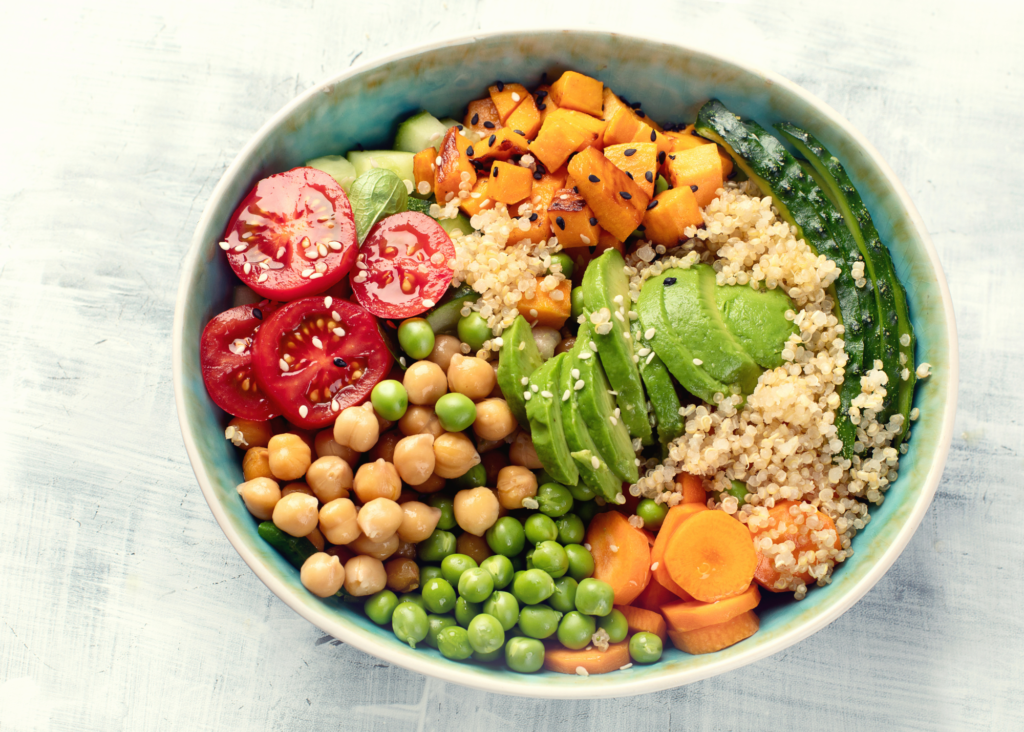When Stress Turns Sweet: How Emotional Burnout Raises Blood Sugar
When Stress Turns Sweet: How Emotional Burnout Raises Blood Sugar When Stress Quietly Rewrites Your Chemistry Most people know diabetes is linked to food and insulin — but not many talk about cortisol and diabetes. The truth is, stress doesn’t just live in the mind. It lives in the bloodstream too. Every time you feel overwhelmed, frustrated, anxious, or emotionally tired, the body responds as though it’s in danger. Your heart races. Breath shortens. Muscles brace. And cortisol — your stress hormone — surges. When cortisol stays elevated for too long, blood sugar rises too. Not because of something you ate…. but because stress convinced your body it had to survive the moment. This is the silent thread that connects your emotions to your metabolism: when the heart is burdened, the body carries the weight. How Cortisol Affects Blood Sugar Understanding the relationship between cortisol and diabetes can shift how you approach healing. Here’s what chronic stress does inside your body: When stress hits, cortisol signals the liver to release its stored glucose, causing your blood sugar to spike. When cortisol levels stay high, it interferes with insulin’s ability to move glucose into your cells, leaving excess sugar circulating in the bloodstream. Stress also nudges your brain toward comfort foods — often sugary or starchy — flooding your system with even more glucose and intensifying the cycle. Poor sleep caused by stress lowers insulin sensitivity even more, making it harder for the body to manage blood sugar effectively. It becomes a cycle where stress feeds sugar, and sugar feeds more stress. Your body isn’t failing you — it’s trying to protect you. But the ancient system of survival wasn’t designed for modern emotional overload. Red Flags That Stress Is Impacting Your Blood Sugar Watch for these quiet symptoms: • Cravings for carbs or sweets • Tired but wired at night • Heavy mornings and sluggish afternoons • Anxiety, irritability, or mood dips • Belly weight that won’t shift These aren’t flaws — they’re messages. Your body is asking for safety, softness, and steadiness again. Ayurveda’s Approach to Calming Cortisol Ayurveda doesn’t separate the emotional from the metabolic — it treats them as partners. That’s why Ayurvedic healing for cortisol and diabetes focuses on restoring calm first: Adaptogenic herbs like Ashwagandha and Tulsi calm stress pathways Grounding, warm meals regulate digestion and stabilise blood sugar Breathwork and meditation soften the nervous system Abhyanga (oil therapy) relaxes tension stored in tissues Consistent sleep rhythms restore insulin sensitivity When the mind settles, the body finally starts to heal. Simple Practices You Can Begin Today Try these daily rituals to reduce cortisol naturally: • Step outside for morning sunlight to reset the body clock • Pause for 5 deep belly breaths before meals • Create gentle movement rituals — slow yoga or evening walks • Disconnect from screens 90 minutes before bed Small pauses can rewrite long-term patterns. Even one caring breath can begin to lower cortisol. A Soft Takeaway Your worth is not measured by numbers — not by glucose readings, not by productivity, not by how “strong” you look on the outside. The connection between cortisol and diabetes reminds us: Healing begins in the nervous system. Healing begins with compassion. Healing begins when you allow yourself to rest. You were never meant to fight your body — you were meant to listen to it. A Soft Takeaway Your worth is not measured by numbers — not by glucose readings, not by productivity, not by how “strong” you look on the outside. The connection between cortisol and diabetes reminds us: Healing begins in the nervous system. Healing begins with compassion. Healing begins when you allow yourself to rest. You were never meant to fight your body — you were meant to listen to it. An Invitation to Azuska Goa If you feel stress shaping your health and you’re ready for deeper support, the Diabetes Management Program at Azuska Goa is designed for gentle transformation. Here, Ayurvedic therapies, mindful nutrition, yoga for stress reduction, and emotional healing practices work together to: Regulate cortisol Stabilise blood sugar Restore energy and confidence By the sea, guided with compassion, you’ll remember what balance feels like — inside and out. Your healing begins with one soft “yes” to yourself. Disclaimer: Our content is not intended to provide medical advice or diagnosis of individual problems or circumstances, nor should it be implied that we are a substitute for professional medical advice. Users /readers are always advised to consult their Healthcare Professional prior to starting any new remedy, therapy or treatment. Azuska– Goa accepts no liability in the event you, a user of our website and a reader of this article, suffers a loss in any way as a result of reliance upon or inappropriate application of the information hosted on our website. PrevPrevious












